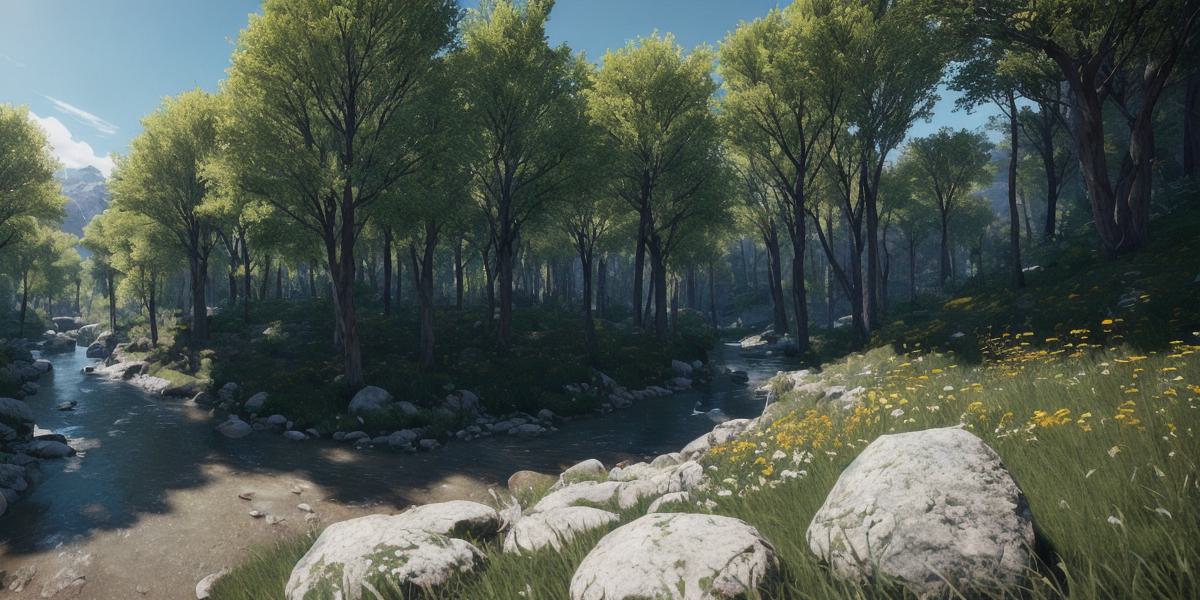Are you a Web3 developer looking to get the most out of your Unreal Engine 4 project with limited resources? Look no further! In this article, we will provide you with tips and tricks to maximize Unreal Engine 4 performance on an 8GB RAM system. Whether you’re just starting out or are a seasoned pro, these tips will help you create stunning visuals without sacrificing performance.
First things first: optimizing your Unreal Engine 4 project for 8GB RAM requires a deep understanding of the engine’s inner workings. Here are some key factors to keep in mind:
- Texture Resolution and Compression: High-resolution textures can quickly eat up memory, so it’s important to use compression techniques like LOD (Level of Detail) and texture streaming to reduce the load on your system.
- Mesh Simplification: Complex meshes can also take a toll on performance. By simplifying your meshes, you can reduce their polygon count and optimize their memory usage.
- Lighting and Shadows: Lighting and shadows are essential for creating realistic visuals, but they can also be a significant drain on resources. Consider using simpler lighting setups or reducing the number of shadow-casting objects to improve performance.
- Scripts and Plugins: Scripts and plugins can add functionality to your project, but they can also slow down your system. Be sure to only use the essential scripts and plugins for your project to avoid performance issues.
Now that you have a basic understanding of how to optimize your Unreal Engine 4 project, let’s dive into some specific tips and tricks:
- Reduce Draw Calls: Every draw call in Unreal Engine 4 requires memory and processing power. By reducing the number of draw calls in your scene, you can improve performance. Consider using instancing or batching to reduce the number of individual draw calls.
- Use Instancing: Instancing allows you to render multiple instances of the same mesh with a single draw call, significantly reducing memory usage and improving performance.
- Use Shader Tweaks: Unreal Engine 4 comes with a variety of shaders that can be tweaked for better performance. Experiment with different shaders and settings to find the best combination for your project.
- Optimize Materials: Materials are another important factor in optimizing Unreal Engine 4 performance. Be sure to use efficient materials and textures, and consider using material instancing to further improve performance.
- Monitor Performance: Finally, it’s essential to monitor your project’s performance regularly. Use tools like the Performance Console or profiling tools to identify bottlenecks and optimize your project accordingly.
By following these tips and tricks, you can maximize Unreal Engine 4 performance on an 8GB RAM system and create stunning visuals without sacrificing performance. Remember, it takes time and effort to optimize your project, but the rewards are well worth it. Happy developing!
